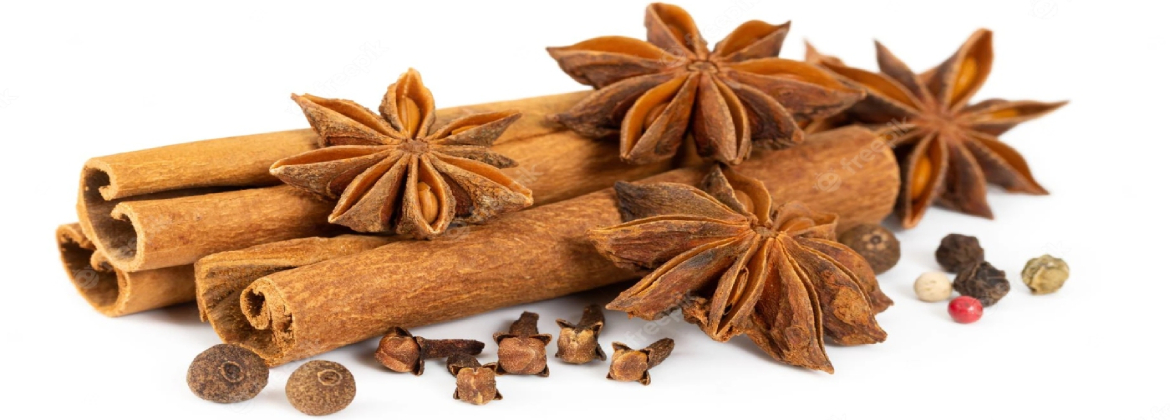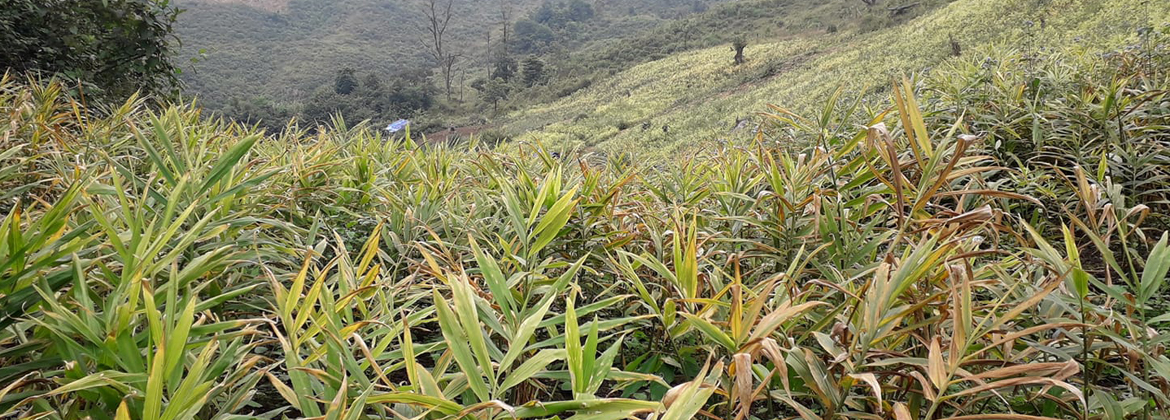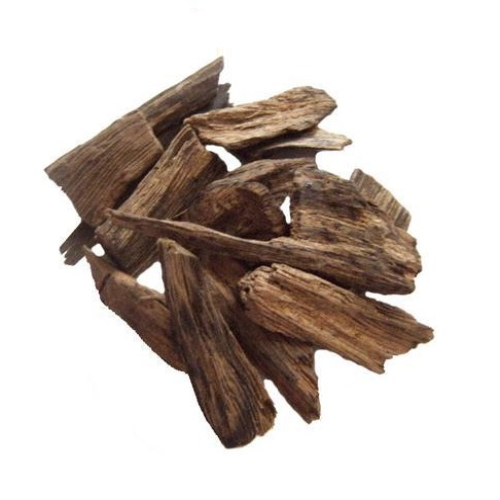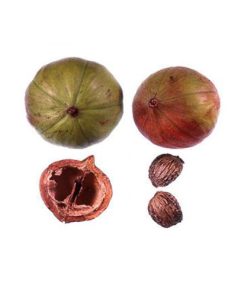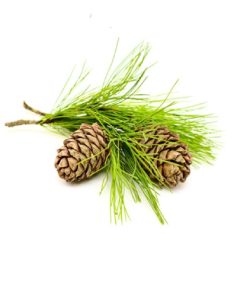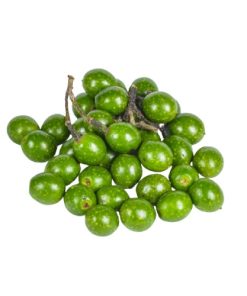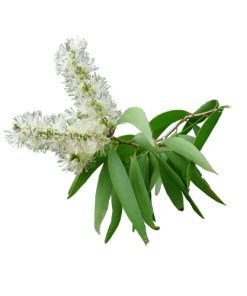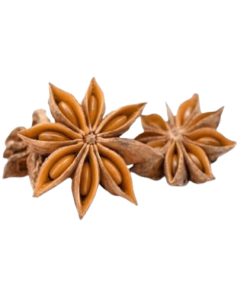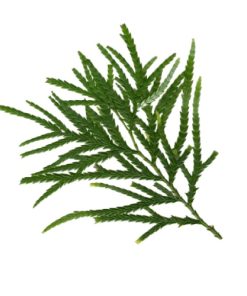AGARWOOD OIL
Specification:
Botanical name: Aquilaria Crassna
Cultivation method: Wild harvested
Country of Origin: Vietnam
Extraction Method: Steam Distilled
Plant Part use: Wood
Appearance: Clear, Mobile Liquid
Colour: Dark Brown
Specifications: Very long lasting, no chemicals or artificial color added
Scent: Very sweet floral, remain warm earthyscentonskin
Lasting time: 6 – 8 hours (25°C to 30°C)
6.850 $
Plant Description:
Agarwood, aloeswood or gharuwood is a fragrant dark resinous wood used in incense, perfume, and small carvings. It is formed in the heartwood of aquilaria trees when they become infected with a type of mould (Phialophora parasitica). Prior to infection, the heartwood is odourless, relatively light and pale coloured; however, as the infection progresses, the tree produces a dark aromatic resin, called aloes or agar (as well as gaharu, jinko, oud, or oodh; not to be confused with bukhoor), in response to the attack, which results in a very dense, dark, resin embedded heartwood. The resin embedded wood is valued in many cultures for its distinctive fragrance, and thus is used for incense and perfumes. The aromatic qualities of agarwood are influenced by the species, geographic location, its branch, trunk and root origin, length of time since infection, and methods of harvesting and processing.
Agarwood Formation
Known also as Oud oil, agarwood is one of the most precious, rare and certainly most expensive essential oils in existence today. Agarwood is sometimes called Aloeswood. The essential oil is derived from the heartwood of the agarwood tree. There are a number of popular species but typically aquilaria malaccensis, aquilaria agallocha or Aquilaria crassna are used to make the oil. Agarwood is native to Vietnam as well as several areas of South East Asia including Lao & Cambodia.
When the trees are healthy, agarwood has a light or pale color but when it is infected bydisease, the process of infection creates a response to the attack resulting in a very dark and incredibly aromatic resin known as oleoresin. It is this rich dark resin which is so highly prized and from which agarwood essential oil is extracted.
In the wild, the production of this resin can take many years and like a good wine, the older the resin-the more prized it becomes. Because of its huge cost and extreme rarity in the wild, the trees are now cultivated and the resin is actually created by artificial infection and its essential oil extracted by water distillation.
Agarwood Oil properties:
Appearance: Clear, Mobile Liquid
Colour: Dark Brown
Specifications: Very long lasting, no chemicals or artificial color added
Scent: Very sweet floral, remain warm earthyscentonskin
Lasting time: 6 – 8 hours (25°C to 30°C)
Certificate: CITES, COA, MSDS, CO
Our agarwood (Oud or Oudh) oil are manufactured or distilled with quality assurance process.
Owning over 400 hectares of agarwood plantation and oil manufacturing plant, we are confident to distribute the finest Agarwood oil in Vietnam. We commit to providing our customers with the purest and highest quality products which trusted and well-known to clients. Agarwood essential oil has been used in medicinal, incense, cosmetic and aromatic application.
Our sense of smell is powerful. Smell is evocative, mood changing, perception altering. All of which makes the world of perfume a strange and wonderful place.
Grade |
Agarwood Oil (Oud Oil) Grade S |
Agarwood Oil (Oud Oil) Grade A |
Agarwood Oil (Oud Oil) Grade B |
||
Material |
100% agarwood (from over-10-year-oldAquilaria crassna trees grown in Vietnam) |
100% agarwood (from over-10-year-oldAquilaria crassna trees grown in Vietnam) |
100% agarwood (from over-10-year-oldAquilaria crassna trees grown in Vietnam) |
||
Extract method |
Water Distillation |
Water Distillation |
Water Distillation |
||
Color |
Dark brown |
Dark brown |
Red brown |
||
Specifications |
Very long lasting. The higher the oil’s viscosity, the higher its quality will be.NO chemicals or artificial color added.NO Phatalate, NO Allergen |
Very long lasting. The higher the oil’s viscosity, the higher its quality will be.NO chemicals or artificial color added.NO Phatalate, NO Allergen |
Very long lasting. The higher the oil’s viscosity, the higher its quality will be.NO chemicals or artificial color added.NO Phatalate, NO Allergen |
||
Scent |
Very sweet and exotic at the first impression, then it remains very warm earthy and pleasant smell on skin. |
Very sweet floral, remain warm earthy scent on skin. |
Very strong, wild, woody scent. Smell gets sweeter after 30 minutes on skin. |
||
Density |
1kg equals 1000 – 1010 (ml) |
1kg equals 1025 – 1035 (ml) |
1kg equals 1035 – 1150 (ml) |
||
Lasting time |
8 – 10 hours (25°C to 30°C) |
6 – 8 hours (25°C to 30°C) |
5 – 7 hours (25°C to 30°C) |
||
Certificates |
CITES, COA, MSDS, C/O |
CITES, COA, MSDS, C/O |
CITES, COA, MSDS, C/O |
||
Min order |
500gr |
500gr |
500gr |
||
FOB Price |
16.500 USD/kg |
8.900 USD/kg |
6.850 USD/kg |
Specification
CERTIFICATE OF ANALYSIS
No: 01/2024/AGAR
Product name |
AGARWOOD OIL |
Botanical Source |
Aquilaria crassna |
Manufacturing date |
01/2024 |
Best before |
01/2029 |
Origin |
Vietnam |
Batch No. |
AGAR0124 |
Cas No. |
94350-09-1 |
EINECS: |
305-227-1 |
Items |
Specifications |
Standards |
Results |
01 |
Appearance |
Only liquid, slight viscosity(The higher the oil’s viscosity, the higher its quality will be) |
Complies |
02 |
Color |
Yellow brown to dark brown |
Complies |
03 |
Odour |
Very sweet and exotic at the first impression, then it remains very warm earthy and pleasant smell on skin |
Complies |
04 |
Fragrance retention time |
Very long lasting from 5 – 10 hours at room temprature 25°C to 30°C) |
Complies |
05 |
Mix test |
NO chemicals or artificial color added.NO Phatalate, NO Allergen |
Complies |
Storage & Caution:
Store at ambient temperature, dry and well-ventilated area, away from heat source and protected from light.
Avoid contact with eyes.
MSDS
MATERIAL SAFETY DATA SHEET
(according to Regulation (EU) No. 1907/2006)
Product name: Agarwood Oil
Number: AGAR0124
1. IDENTIFICATION OF SUBSTANCE/PREPARATION & COMPANY.
Product name: Agarwood Oil
Manufacturer/Supplier: Vietnam Essential Oil., JSC
Add: Bai Dai Village, Tien Xuan Commune, Ha Noi City, Vietnam
Emergency telephone: +84 903561868
Emergency Contact: Mr. Peter Tron
2. COMPOSITION / INFORMATION ON INGREDIENTS.
Definition/Botanical Origin: The Agarwood Oil is 100% pure & natural, obtained by steam distillation of the leaves of wood/chips of Aquilaria crassna original from Vietnam.
Composition: Agarwood Oil 100% pure & natural
CAS No: 94350-09-1
EINECS: 305-227-1
INCI Name: Aquilaria crassna Wood Oil
3. HAZARDS IDENTIFICATION
This product is not hazardous. Not dangerous for the environment.
H304 May be fatal if swallowed and enters airways
H315 Causes skin irritation
H317 May cause an allergic skin reaction
H319 Causes serious eye irritation
4. FIRST-AID MEASURES:
Inhalation: Remove from exposure site to fresh air. Keep at rest. Obtain medical attention.
Eye contact: Rinse immediately with plenty of water for at least 15 mins. Contact a doctor if symptoms persist.
Skin contact: Remove contaminated clothes. Wash thoroughly with soap & water, flush with plenty of water. If irritation persists, seek medical advice.
Ingestion: Rinse mouth out with water. Seek medical advice immediately.
Other: When assessing action take Risk & Safety Phrases into account (Section 15)
5. FIRE FIGHTING MEASURES.
Extinguishing media Use CO2, Dry Powder or Foam type Extinguishers, spraying extinguishing media to base of flames. Do not use direct water jet on burning material.
Special measures: Avoid vapour inhalation. Keep away from sources of ignition. Do not smoke. Wear positive pressure self-contained breathing apparatus & protective clothing.
Extinguishing procedures: Closed containers may build up pressure when exposed to heat and should be cooled with water spray.
6. ACCIDENTAL RELEASE MEASURES.
Personal precautions: Avoid inhalation & direct contact with skin & eyes. Use individual protective equipment (safety glasses, waterproof-boots, suitable protective clothing) in case of major spillages.
Environment precautions: Keep away from drains, soils, surface & groundwaters.
Cleaning up methods Remove all potential ignition sources. Contain spilled material. Cover for spillages: with an inert or non-combustible inorganic absorbent material, sweep up and remove to an approved disposal container. Observe state, federal & local disposal regulations.
7. HANDLING & STORAGE.
Precautions in handling: Apply good manufacturing practice & industrial hygiene practices, ensuring proper ventilation. Observe good personal hygiene, and do not eat, drink or smoke whilst handling.
Storage conditions: Store in tightly closed original container, in a cool, dry & ventilated area away from heat sources & protected from light. Keep air contact to a minimum.
Fire protection: Keep away from ignition sources & naked flames. Take precautions to avoid static discharges in working area.
8. EXPOSURE CONTROLS/PERSONAL PROTECTION.
Respiratory protection: Avoid breathing product vapour. Apply local ventilation where possible.
Ventilation: Ensure good ventilation of working area.
Hand protection: Avoid all skin contact. Use chemically resistant gloves if required.
Eye protection: Use safety glasses.
Work/Hygiene practices: Wash hands with soap & water after handling.
9. PHYSICAL & CHEMICAL PROPERTIES.
Appearance: Slightly viscous liquid
Color: Yellow brown to dark brown color.
Odour: Very sweet and exotic at the first impression
Flash point: above 90°C
Specific gravity at 25°C: Not apprication
Refractive index at 20°C: Not apprication
Optical rotation at 25°C: Not apprication
Solubility in water: Insoluble
10. STABILITY & REACTIVITY.
Reactivity: It presents no significant reactivity hazards, by itself or in contact with water. Avoid contact with strong acids, alkali or oxidising agents.
Decomposition: Liable to cause smoke & acrid fumes during combustion: carbon monoxide, carbon dioxide & other non-identified organic compounds may be formed.
11. TOXICOLOGICAL INFORMATION.
According to current information, not classed as hazardous to health in normal industrial use.
12. ECOLOGICAL INFORMATION.
Biodegradability: Data not available
Precautions: Prevent surface contamination of soil, ground & surface water.
13. DISPOSAL CONSIDERATIONS.
Avoid disposing to drainage systems and into the environment. Seek expert advice.
14. TRANSPORT REGULATIONS.
Shipping by road (ADR/RID): This product is not considered as dangerous goods
Shipping by air (IATA): This product is not considered as dangerous goods
Shipping by sea (IMDG): This product is not considered as dangerous goods
UN number: not regulated
UN proper shipping name: not regulated
Transportation hazard class: not regulated
Label: Agarwood Oil
15. REGULATORY INFORMATION. According to Directive 88/379/EEC
Hazards: Harmful
Symbols: n/a
Risk Phrases: Harmful if swallowed
Safety Phrases: If swallowed seek medical advice immediately and show the container / label
16. OTHER INFORMATION.
Cosmetics Directive – 7th Amendment – Not Restricted
Check maximum usage levels for skin care products.
PACKAGING:
Type |
Suitability |
Glass |
Yes |
Lacquer lined steel/tin |
Yes |
Aluminum |
Yes |
HPPE |
Yes |
SHELF LIFE:
Best before of 5 years from the date of manufacturing.
Q.C. REQUIREMENTS.
In-line with general product specification. Always satisfy suitability for specific application.
The data provided in this material safety data sheet is meant to represent typical data/analysis for this product and is correct to the best of our knowledge. The data was obtained from current and reliable sources, but is supplied without warranty, expressed or implied, regarding its’ correctness or accuracy. It is the user’s responsibility to determine safe conditions for the use of this product, and to assume liability for loss, injury, damage or expense arising from improper use of this product. The information provided does not constitute a contract to supply to any specification, or for any given application, and buyers should seek to verify their requirements and product use.
GC/MS
Product name |
AGAR WOOD OIL |
Botanical Source |
Aquilaria crassna |
Manufacturer date |
01/2024 |
Best before |
01/2029 |
Original |
Vietnam |
Batch No. |
AGAR0124 |
Cas No. |
94350-09-1 |
EINECS |
305-227-1 |
Combined analyses chromatography by GC/MS and GC/FID:
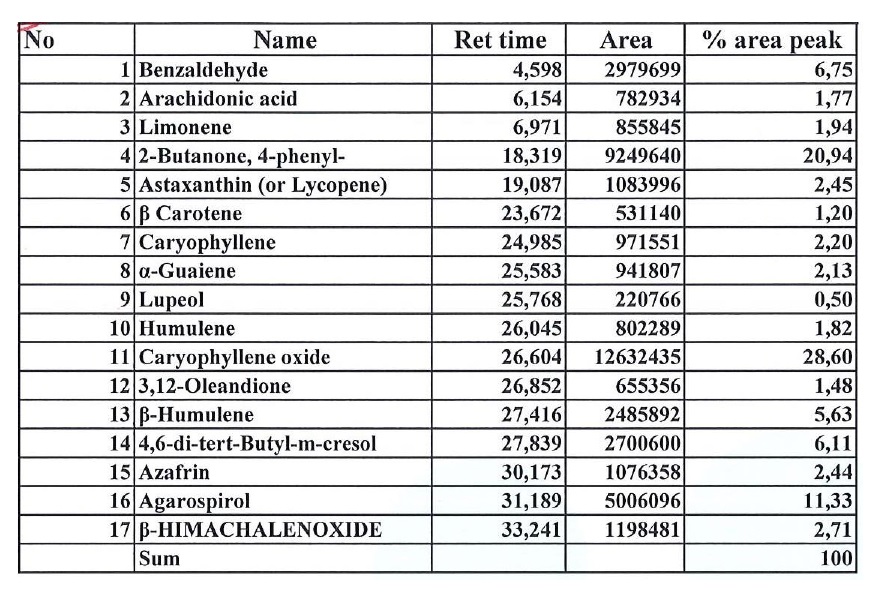
Review
ss




